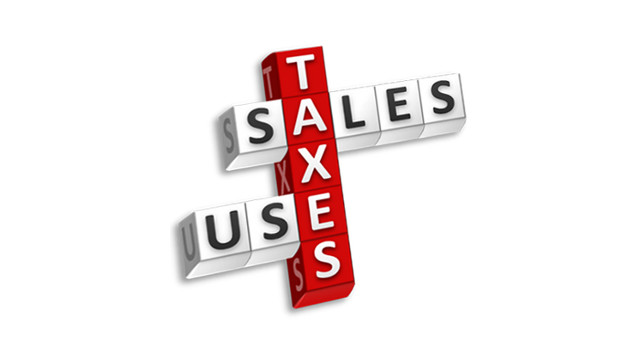Small Business
2019 Review of Sales Tax Systems
Nov. 18, 2019

If you own a business, whether you sell items or provide services to your customers, the common denominator is sales tax. If you sell solely in your city or state of residence, chances are you only need to track sales tax for that particular jurisdiction. However, if you sell throughout the U.S. or abroad, your sales tax management just became a lot more complicated.
Tracking sales tax is certainly not anything new, but the explosion in online selling platforms such as eBay, Etsy, and Amazon have made this once easy process a lot trickier, with merchants now needing to be able to collect the appropriate tax from a customer based on their delivery location; which is why having a method in place that will calculate the appropriate tax to be collected is vital. It can also help if that same system can assist with tax reporting and remittance as well, particularly since it’s been estimated that, currently, there are more than 12,000 sales and use tax jurisdictions in the U.S. alone. To complicate matters, many cities and states have instituted sales tax holidays at certain times throughout the year, not to mention the fact that tax rates change on a regular basis, so this needs to be appropriately tracked as well.
That’s why sales and use tax software has become more popular, and more necessary, than ever before. These products are designed to minimize the impact that proper tax collection and remittance has on your business, with some of the products even offering overseas tax collection and filing options.
In this issue, we looked at 9 products, all offering varying levels of features and functionality, which have been divided into two categories: After-the-Fact systems that small businesses can use to file their taxes, and Automated systems that integrate with a business’ sales and financial systems to automatically assign, post and manage sales taxes on transactions, and prepare returns as needed.
After-the-Fact
Automated Systems
- Avalara AvaTax
- CCH Sales Tax Office
- Thomson Reuters ONESOURCE Indirect Tax Compliance
- CCH SureTax
- TaxJar
- Vertex Cloud Indirect Tax
Related Product
A separate chart for each of the categories is included in the issue, where we look at the availability of features including:
- Is the sales tax database automatically updated or does it need to be updated by the user?
- What are the integration options? Does the product offer good integration options with third-party accounting applications?
- What type of forms are supported by the application?
- Does the product handle multiple businesses? (a must for accounting firms that may be handling tax for a variety of clients).
- What kind of reports are available?
- Does the product offer electronic filing or remittance options?
- Does the product offer address verification?
- Is sales tax exemption certificate management available?
Whether you’re a retailer looking to get a better handle on your customer’s sale tax, or an accounting firm looking for a streamlined way to handle sales tax and remittance for your clients, the reviews in this issue can help point you in the right direction.
